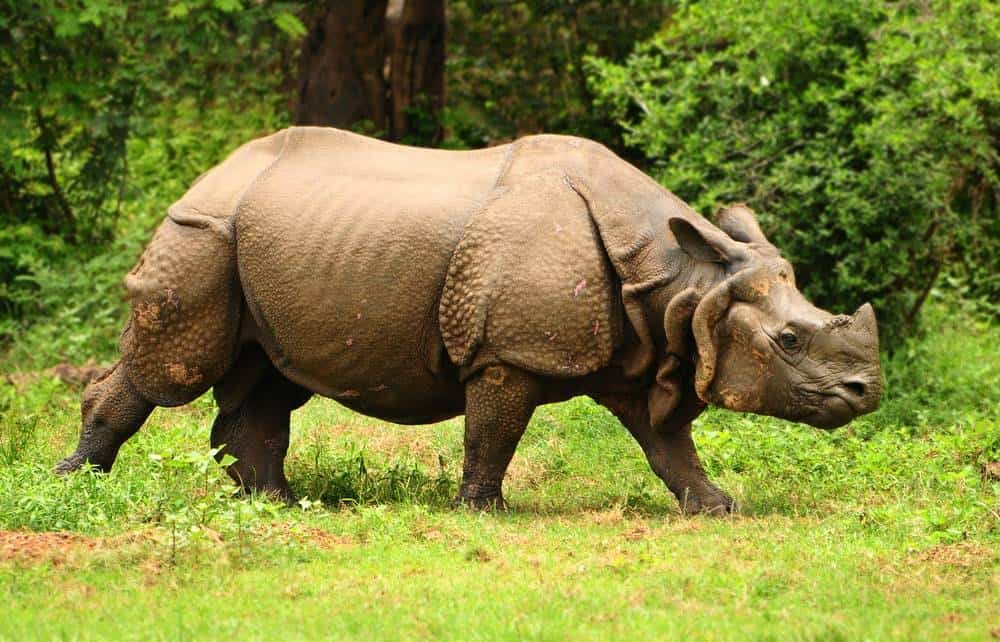The natural world is teeming with surprises, but nothing quite captures the imagination like the creatures that once roamed the Earth in ancient times. From gigantic insects to bizarre, almost mythical beasts, these extraordinary forms of life offer a captivating glimpse into the diverse tapestry of our planet’s prehistoric eras. Join us as we journey back in time to explore 12 remarkable creatures you won’t believe actually existed.
1. Meganeura: The Giant Dragonfly

Meganeura was an enormous insect that ruled the skies around 300 million years ago during the late Carboniferous period. This formidable creature resembled a modern-day dragonfly but boasted wingspans of up to 2.5 feet (0.75 meters). Such incredible size was possible due to higher oxygen levels in Earth’s atmosphere at the time, allowing insects to grow much larger than those we see today.
2. Titanoboa: The Monster Snake
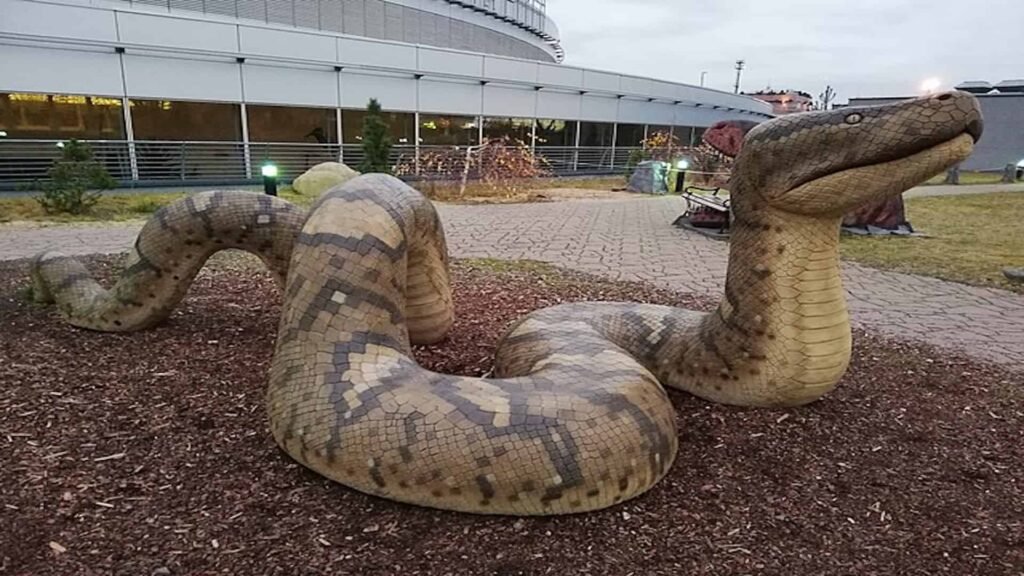
The giant snake Titanoboa lived approximately 60 million years ago, after the dinosaurs had vanished. At nearly 50 feet (15 meters) long and weighing over a ton, this was the largest snake ever discovered. It slithered through the rainforests of what is now Colombia, hunting large prey such as crocodiles and fish in its watery habitat.
3. Glyptodon: The Armored Giant
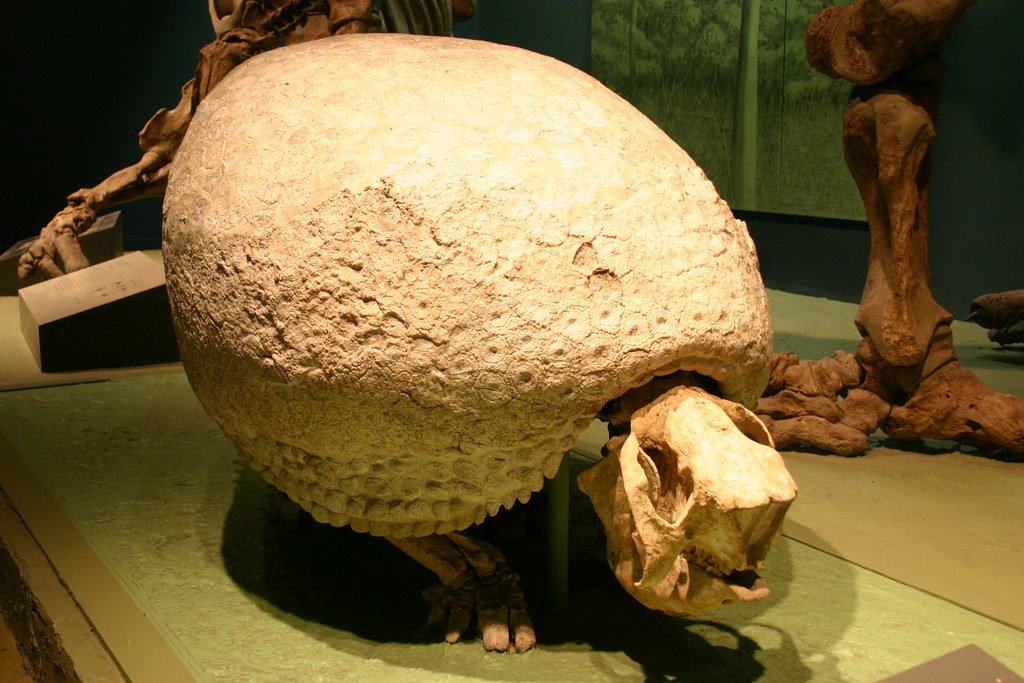
Resembling a Volkswagen Beetle with a tail, the Glyptodon was an impressive animal that lived in South America during the Pleistocene epoch. Covered with a robust, domed shell made up of bone plates, this prehistoric armored giant could weigh up to 2 tons. It thrived on a diet of plants and likely used its tail as a defensive weapon against predators.
4. Andrewsarchus: The Intimidating Carnivore
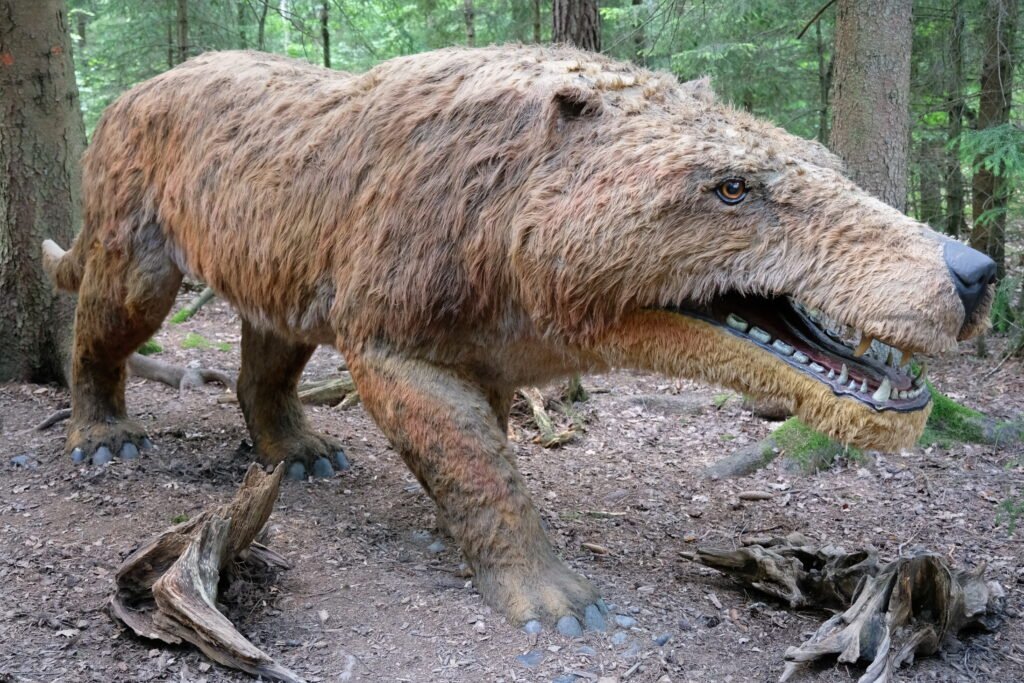
Andrewsarchus was a mammalian predator that roamed Asia around 45 million years ago. Sporting a massive skull and disproportionately large jaws, this creature is often described as resembling a giant wolf or wild boar. Despite its fearsome appearance, Andrewsarchus is thought to have scavenged more often than hunted.
5. Dunkleosteus: The Armored Fish

Dunkleosteus was a fish like no other, characterized by its bony, armored plating and formidable size. Growing up to 33 feet (10 meters) in length, it existed around 360 million years ago during the Devonian period. With powerful jaw muscles and blade-like plates instead of teeth, Dunkleosteus was a top predator of ancient oceans.
6. Megatherium: The Giant Ground Sloth

Mammoths weren’t the only enormous mammals of the Ice Age; alongside them lived Megatherium, the colossal ground sloth. Standing at least 12 feet (3.6 meters) tall on its hind legs and weighing up to 4 tons, this herbivore could reach high into trees to feed. Despite its size, Megatherium was relatively peaceful, relying on its size deter predators.
7. Helicoprion: The Buzz Saw Shark

Perhaps one of the most bizarre creatures to ever swim the seas was Helicoprion. This ancient shark, living around 290 million years ago, had a distinct spiral arrangement of teeth resembling a buzz saw blade. This whorl of teeth likely helped Helicoprion capture and slice through the soft bodies of its prey, such as squid.
8. Quetzalcoatlus: The Sky Titan

Regarded as the largest flying animal in history, Quetzalcoatlus was a pterosaur with wingspans exceeding 33 feet (10 meters). Surviving in the late Cretaceous period, this bat-like reptile soared high above ancient landscapes. It likely lived as a scavenger, using its long neck and sharp beak to feed on carcasses.
9. Sarcosuchus: The Super Croc

Known as “Super Croc,” Sarcosuchus was one of the largest crocodile-like reptiles to have ever lived. Measuring about 40 feet (12 meters) long, it inhabited the warm river environments of present-day Africa about 112 million years ago. With a skull nearly 6 feet (1.8 meters) long, Sarcosuchus preyed on dinosaurs and other large creatures that ventured too close to the water’s edge.
10. Therizinosaurus: The Clawed Herbivore
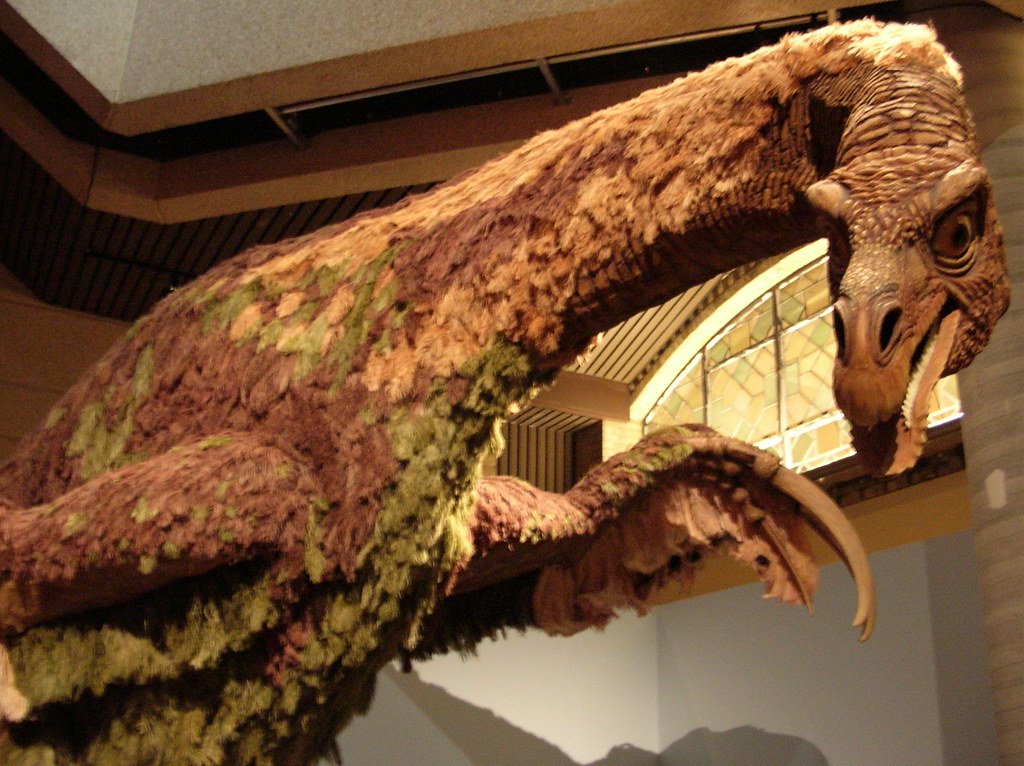
Deriving its name from its formidable scythe-like claws, Therizinosaurus was an unusual dinosaur that roamed around 70 million years ago. Unlike its predatory relatives, this creature was a herbivore, using its elongated claws to tear leaves from trees. Standing over 16 feet (4.8 meters) tall, it was one of the largest theropods of its time.
11. Arthropleura: The Giant Millipede
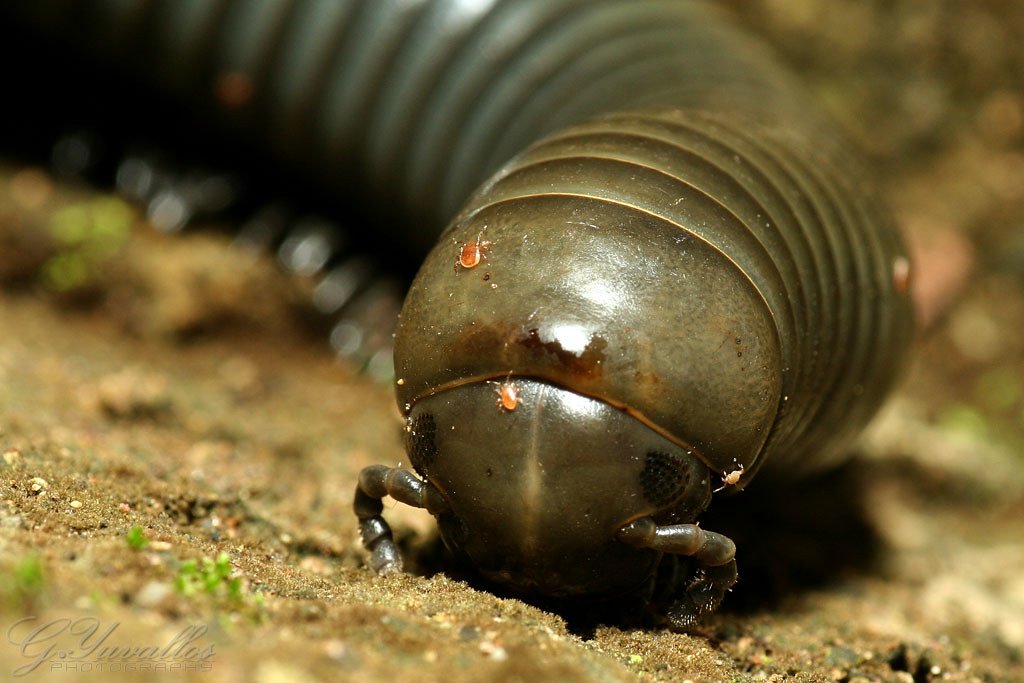
Arthropleura was a colossal arthropod resembling a millipede, which inhabited the forests of North America and Scotland around 300 million years ago. Reaching lengths of up to 8.5 feet (2.6 meters), Arthropleura was an herbivore, likely feeding on decomposing plant material on the forest floor. Its size provided safety from the few predators of its era.
12. Paraceratherium: The Colossal Rhinoceros

Paraceratherium is one of the largest land mammals to have ever existed, akin to a modern-day rhinoceros without a horn. This towering herbivore reached heights of over 16 feet (4.8 meters) and weighed approximately 20 tons, roaming the woodlands and plains of Asia about 34 million years ago. Its sheer size protected it from most threats while it peacefully grazed on vegetation.
In the vast history of life on Earth, these remarkable creatures highlight the incredible diversity that has ever existed on our planet. Each one, unique and fascinating in its own right, contributes to our understanding of evolutionary biology and the conditions that shaped life long before humans appeared. Though these prehistoric giants are no longer with us, their legacy continues in the fossil records, sparking our curiosity and inspiring awe.

